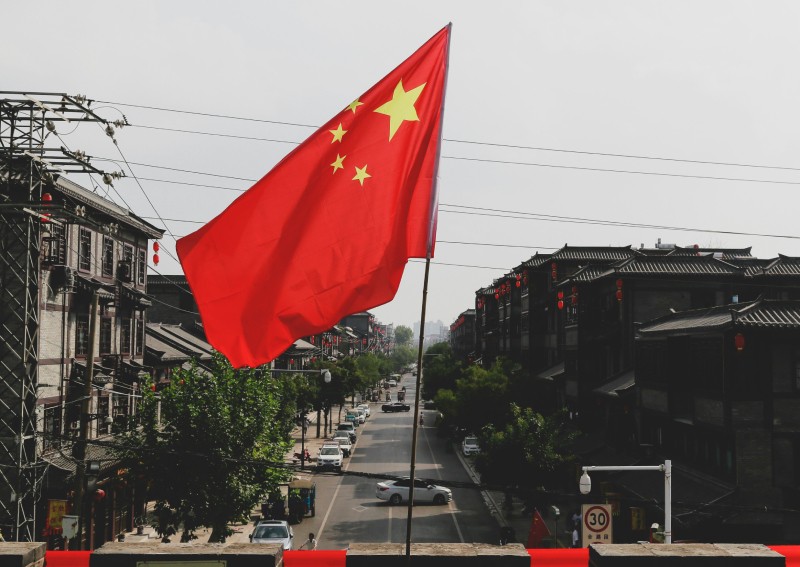China introduces easier payment system for international tourists

The People's Bank of China (PBOC) has unveiled a comprehensive set of guidelines titled Guide to Payment Service in China, according to a report by Wego.
This initiative underscores China's commitment to addressing the challenges faced by foreign visitors navigating the country's payment systems.
China's payment landscape has significantly developed in recent years, with mobile payment solutions gaining widespread adoption among local residents.
However, foreigners have encountered difficulties accessing and utilising these services while in China.
The newly released guidelines aim to address these barriers by advocating for broader acceptance of foreign bank cards and improving mobile payment convenience.
Key highlights of the guidelines include improved acceptance of foreign bank cards at checkout counters, provided they display logos of payment organisations such as UnionPay, Visa, or Mastercard.
Additionally, mobile payment services like Alipay, Weixin Pay, and UnionPay offer seamless transactions using mobile phones without the need for identification for transactions below a certain amount.
The guidelines provide clear instructions on accessing RMB or the Chinese Yuan (CNY) through ATMs or currency exchange outlets for travellers in need of cash.
Foreign visitors can also open bank accounts at major Chinese banks using their passports or other valid identification documents, which offer a range of financial services to meet their needs.
Overall, the release of this guideline represents a significant step towards creating a more inclusive and user-friendly payment environment for foreign visitors.
By improving accessibility, convenience, and consumer protection measures, these guidelines aim to enhance the overall payment experience for travellers exploring China.
ALSO READ: Thailand, Malaysia, Singapore hope to lure Chinese with visa-free travel